Buy Pumpkin Seeds from various brands at DesiKheti:
Buy Advanta Pumpkin Seeds Online
Buy Chia Tai Pumpkin Seeds Online
Buy East West Pumpkin Seeds Online
Buy Fito Pumpkin Seeds Online
Buy JK Seeds Pumpkin Seeds Online
Buy Kalash Pumpkin Seeds Online
Buy Mahyco Pumpkin Seeds Online
Buy Namdhari Seeds Pumpkin Seeds Online
Buy Sakata Pumpkin Seeds Online
Buy Tokita Pumpkin Seeds Online
Buy Unisem Pumpkin Seeds Online
Buy US Agriseeds Pumpkin Seeds Online
Buy VNR Pumpkin Seeds Online
Pumpkin is a Popular Summer vegetable in India. Pumpkin can be grown at a low cost and has an extended storage life. Pumpkin is also a very adaptable crop. Pumpkins complement the diet greatly because they can be preserved for several months.
"Pumpkin" term originates from the Greek word "pepon," which means huge melon. Pumpkins are called Kaddu( Kaddoo), Kumbalakai, Mathanga, Parangikai, Bhopala, Halwa Kaddu, Kashiphal, Poosanikai and Cheenikayi in various regions of India. Cucurbita moschata is the scientific name for the Pumpkin. Pumpkin is a member of the Cucurbitaceae family.
Pumpkins are used at both immature and mature stages and are consumed in various forms, including their young leaves, tender stems, and flowers. Roasted pumpkin seeds are also a popular snack. In addition to being consumed fresh, Kaddu is used to make various commercial products, including pickles, chutneys, purees, jams, jellies, marmalades, biscuits, pies, and drinks.
Nutritionally, Kaddu is a powerhouse, rich in vitamins A, B, and C, and Potassium. Specifically, Kaddu contain a lot of beta-carotene, which is an antioxidant that human body uses to make vitamin A. Kaddu supports overall health by promoting good vision, boosting the immune system, and potentially reducing the risk of certain cancers.
China is the world's biggest producer of pumpkins, with India following behind. The agricultural year 2021–2022 saw India produce about 2.13 million tons of Kaddu. With almost 24% of the market, Madhya Pradesh is India's largest pumpkin producer. Odisha, Uttar Pradesh, West Bengal, and Chhattisgarh are India's other largest Parangikai producing states.
Climate for Pumpkin Farming
Pumpkins flourish in a long, warm growing season. Compared to other cucurbits, Kaddus can withstand colder conditions, but they are still susceptible to frost. The Optimal temperature range for Kaddu Plant growth is between 25°C and 30°C.
Kaddu plant growth slows, and yields drop significantly if temperatures exceed 40°C or fall below 15°C. Parangikai Plants need short days, cool nights, and high relative humidity for the best results.
Soil for Sowing Kaddu Seeds
Although Kaddu Plants may grow in various soil conditions, sandy loam soils with good drainage and a high organic matter content are ideal for Kaddu Plant growth. While clay loams are better suited for larger Kaddu yields, sandy loams are perfect for early Kaddu crops.
The best soil pH for Kumbalakai crops is between 6 and 7, while Kaddu plants may withstand alkaline soils up to a pH of 8.0. Acidic soils can be detrimental to Kaddu crops.
Land Preparation Before Sowing Gummadikaya Seeds
To attain a fine texture, prepare the ground by ploughing it four or five times. To improve soil fertility and structure, thoroughly incorporate 25–30 tons of farmyard manure (FYM) per hectare into the soil during the last ploughing.
Pumpkin Seeds and Propagation Material
Pumpkin Variety Selection: Kaddu cultivars vary greatly in fruit colour, shape, size, and flesh colour. Choose a Parangikai variety according to its intended purpose, the preferences of the local market, the climate, the kind of soil, the irrigation choices available, and the frequency of pests and diseases in the area.
Procurement of Pumpkin Seeds: Purchase Pumpkin seeds from reliable or accredited vendors. At Desilketi, we provide a wide selection of premium-quality Pumpkin seeds with easy doorstep delivery.
Pumpkin Seed Rate: Use 400-600 grams of Pumpkin seeds per acre to ensure optimal plant density and yield.
Pumpkin Seed Treatment: Commercially available hybrid and open-pollinated (OP) Kaddu seeds are frequently chemically treated beforehand. To prevent soil-borne illnesses in untreated Kaddu seeds, apply 2.5 grams of benlate or bavistin per kilogram of Pumpkin seeds.
Time of Sowing Pumpkin Seeds
The best sowing seasons for Gummadikaya seeds are January-March, June-July, and December-January.
Sowing times of Pumpkin seeds can vary by region: In hilly areas, sow Kumbalakai seeds from April to May. In plains, sow Parangikai seeds from June-July or January-March. In South and Central India, where winters are mild, Kumbalakai can be cultivated nearly year-round.
Method of Sowing Pumpkin Seeds
Pumpkin seeding techniques can change based on the time of year and the environment in your area.
The following are some methods for sowing Mathanga seeds:
- Sowing Pumpkin Seeds in Rainy Season: During the rainy season, it's best to use raised beds or mounds to sow Pumpkin seeds. This approach helps with drainage and prevents waterlogging, which is crucial for healthy Kumbalakai growth.
- Sowing Pumpkin Seeds in the Summer Season: In the summer, sowing Bhopala seeds in pits is recommended. Create pits with a diameter of 60 cm and a depth of 30-45 cm, spaced 4.5 metres apart. Sow 4-5 Kaddu seeds in each pit. After about two weeks, thin out the Pumpkin seedlings, keeping three seedlings per pit.
- Sowing Pumpkin Seeds on Raised Beds and Furrows: On raised beds or in furrows, sow two Gummadikaya seeds per hill on both sides. Space the furrows 4.5 metres apart and form long irrigation channels 60 cm wide along the furrows.
Regional Spacing Recommendations for Sowing Pumpkin Seeds:
- Kerala: 4.5 metres by 2 metres
- Tamil Nadu: 2.5 metres by 2 metres
- Punjab: 3 metres by 60 cm
- West Bengal: 3.4 metres by 1.8-2.5 metres
Adjust your Pumpkin seed sowing method and spacing according to local conditions and practices to attain the greatest outcomes for your Gummadikaya production.
Nutrient Management for Pumpkin Farming
Effective nutrient management is crucial for healthy Gummadikaya growth and optimal yields. Nutrient requirements can vary by region, so it's essential to tailor your fertiliser application based on local conditions.
In Punjab, the recommended nutrient dose is 100 Kg/ha of Nitrogen, 50 Kg/ha of Phosphorus and 50 Kg/ha of Potassium. In the case of Tamil Nadu, the nutrient recommendation is 32 Kg/ha of Nitrogen, 24 Kg/ha of Phosphorus and 24 Kg/ha of Potassium.
Apply the full recommended doses of Phosphorus and Potassium, as well as half of the total nitrogen requirement, as a basal application. The remaining Nitrogen should be split into two equal doses: one at the Gummadikaya vining stage and another at the full bloom. It is crucial to complete all fertiliser applications just before the Gummadi fruit sets to ensure that Gummadikaya plants receive the essential nutrients they need at the right time.
Irrigation Management for Pumpkin Cultivation
Gummadikaya crops need to be watered very frequently in the summer, usually every four to six days. Irrigation becomes less necessary during the wet season. Water the Gummadikaya plants every other day to ensure optimal growth during the Gummadikaya flowering and fruiting seasons.
As the Kumbalakai fruits get bigger, water only once every five to seven days. When the Kumbalakai fruits reach maturity, use caution when watering Gummadikaya plants because too much water can negatively affect the Kumbalakai fruit's storability.
Weed Management for Pumpkin Farming
When Kumbalakai plants are just starting to grow, weed competition is an issue. Early and shallow hoeing near Gummadikaya plants is the best way to manage weeds efficiently. During hoeing, take care not to damage the roots of Gummadikaya vines, as they grow roots at every node that comes into contact with the soil.
Mulching is also very helpful for growing Gummadikaya plants, particularly for raised bed plants. To keep the soil moist and inhibit weed growth, use either organic or plastic mulch, depending on the availability.
Pest and Disease Management for Pumpkin Farming
Common Pests of Pumpkin
Pumpkin Beetles (Aulacophora foveicollis)
- Pumpkin beetles are notorious for causing severe damage.
- They create holes in Kumbalakai leaves, flowers, and cotyledons, which can be especially damaging to early-sown cucurbits and may even require re-sowing.
- The grubs feed on Gummadikaya plant roots and bore into vines, damaging Mathanga fruits that touch the soil.
Cucurbit Fruit Fly (Bactrocera cucurbitae)
- The maggots of the cucurbit fruit fly cause extensive damage by feeding on the pulp of ripe Kumbalakai fruits, creating lesions and leading to fruit decay due to secondary bacterial infections.
- This pest is more problematic during the monsoon season and can also affect Mathanga fruits at early stages, causing premature fruit drop.
Aphids (Aphis gossypii)
- Aphids are small but can have a large impact. They feed on plant sap, causing young Kumbalakai leaves to crinkle and, in severe cases, leading to plant withering.
- On mature vines, aphid infestations result in the yellowing of Gummadikaya leaves, reduced plant vigour, and lower Kumbalakai yields.
- Aphid feeding also produces honeydew, which encourages sooty mold growth and interferes with photosynthesis.
Pumpkin Leaf Caterpillar (Diaphania indica)
- The pumpkin leaf caterpillar is a bright green caterpillar with white stripes that damages Kumbalakai plants by feeding on the green matter of the leaves.
- This feeding causes Mathanga leaves to dry out and can also affect flower ovaries and young Parangikai fruits.
Epilachna Beetle (Epilachna vigintioctopunctata)
- The Epilachna beetle's larvae feed on the Kumbalakai leaf surface, leaving only veins behind and creating a lace-like appearance.
- The feeding activity of both the grubs and adults primarily occurs on the undersides of Kumbalakai leaves, resulting in leaf drying and a sickly plant appearance that results in severe infestations.
Stink Bugs (Aspongopus janus, A. brunneus, A. observus)
- Stink bugs, both nymphs and adults, suck cell sap from Kumbalakai plants, which weakens the plant and hinders growth.
Common Diseases of Pumpkin
Powdery Mildew (Erysiphe cichoracearum)
- Powdery mildew appears as a white, powdery coating on Kaddu leaves, stems, and other parts of the Mathanga plant, except for the fruit.
- Affected Parangikai leaves become yellow, dry out, and fall off, while infected shoots may wither.
- This Bhopla disease can stunt plant growth and significantly reduce both the size and quality of the fruit, ultimately leading to lower yields.
Downy Mildew (Pseudoperonospora cubensis)
- Downy mildew appears as angular yellow patches on the upper side of the Mathanga leaves, with a corresponding white, downy fungal growth on the underside.
- Severe infestations lead to leaf drying, premature leaf drop, malformed Parangikai fruits, and plant stunting or death.
Cucumber Mosaic Virus (CMV)
- Cucumber mosaic virus causes leaves to curl downward and become mottled, distorted, and wrinkled.
- Affected Mathanga plants may exhibit stunted growth and rosetting of young leaves.
- Pumpkin fruits often become misshapen, mottled, and reduced in size. Late infections can result in bumpy or deformed Mathanga fruits.
Fusarium Wilt (Fusarium oxysporum f.sp. chrysanthemi)
- Fusarium wilt is a soil-borne disease that causes cotyledons of young Pumpkin seedlings to drop and wither.
- In older Bhopla plants, wilting occurs due to the degradation of vascular bundles in the collar region, which turn brown. This disease leads to significant plant decline.
Anthracnose (Colletotrichum lagenarium)
- Anthracnose causes spots on Mathanga leaves, stems, and petioles.
- Young Pumpkin seedlings may dry out and die, while older plants develop pale green spots that turn reddish-brown with a yellow halo. These spots can merge, leading to Mathanga leaf desiccation.
- On infected Bhopla stems, water-soaked lesions can form, eventually girdling the stem and causing shoot death.
- Bhopla fruit infections lead to skin cracking, with acervuli turning from pink to black.
Harvesting of Pumpkin Fruits
Bhopalas should be harvested at the tender stage for use as vegetables. However, for long-term storage or Pumpkin seed extraction, it is essential to wait until the Pumpkins are fully mature.
Typically, Mathanga Plants reach maturity 75-180 days after sowing, depending on factors like variety, season, and growing conditions. Bhopalas are ready for harvest when the stems connecting the Mathanga fruit to the vine begin to shrivel. Fully mature Pumpkins have a deep brown skin colour and a fruit stalk (pedicel) that either separates easily from the vine or has dried.
Mature pumpkins are ideal for storage and transport, with a longer shelf life compared to immature ones. When harvesting, cut the Mathngas from the vine, leaving a 3-4 inch stem to help extend their storage life.
Yield of Pumpkin Fruits
The yield of Pumpkins generally ranges from 20 to 30 tonnes per hectare, with a crop duration of 120-140 days. .
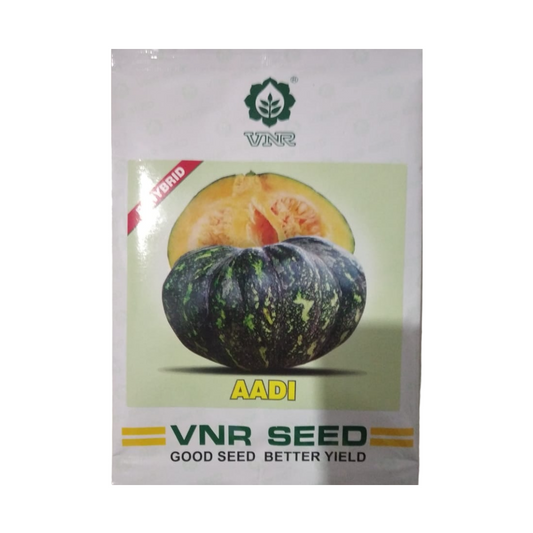 Sold out
Sold out Sold out
Sold out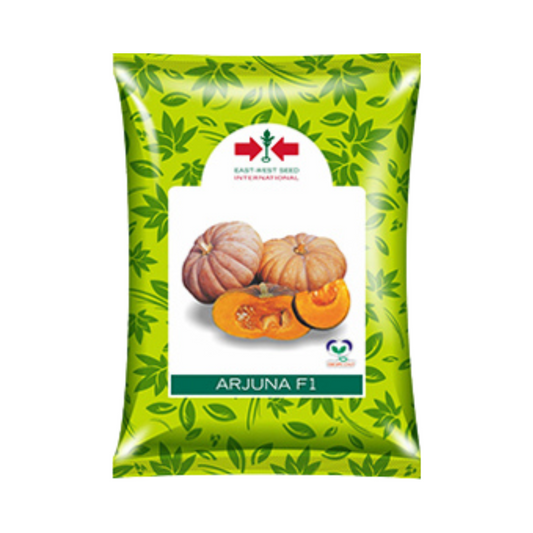 Sold out
Sold out Sold out
Sold out Sold out
Sold out Sold out
Sold out Sold out
Sold out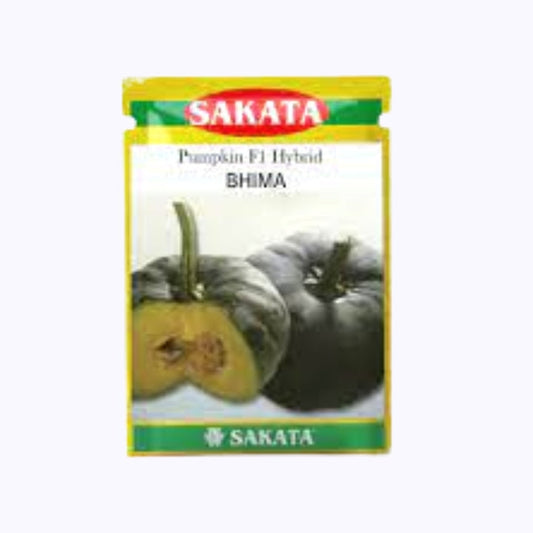 Sold out
Sold out
 Sold out
Sold out Sold out
Sold out Sold out
Sold out Sold out
Sold out
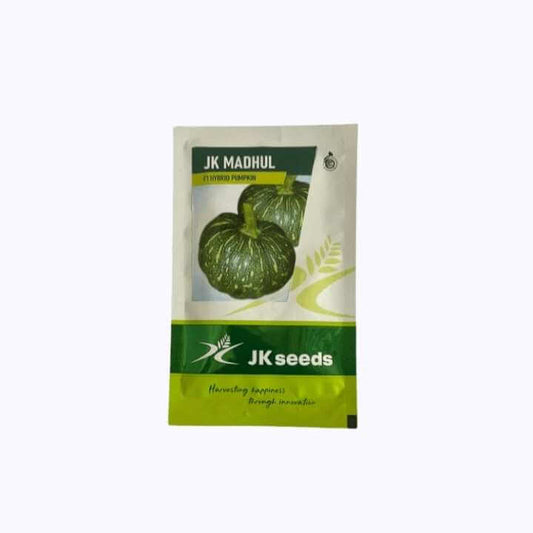 Sold out
Sold out Sold out
Sold out Sold out
Sold out Sold out
Sold out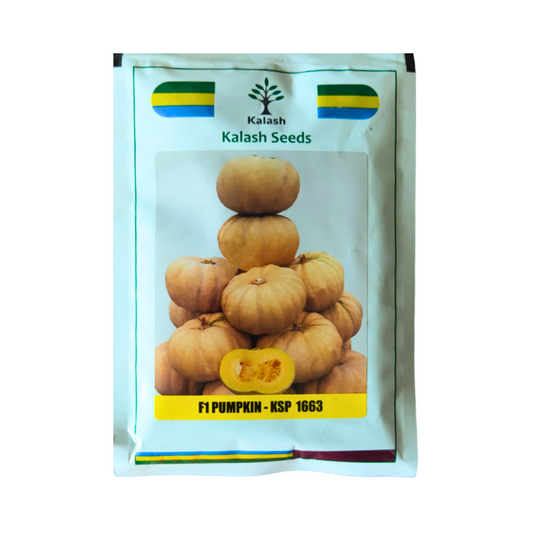
 Sold out
Sold out Sold out
Sold out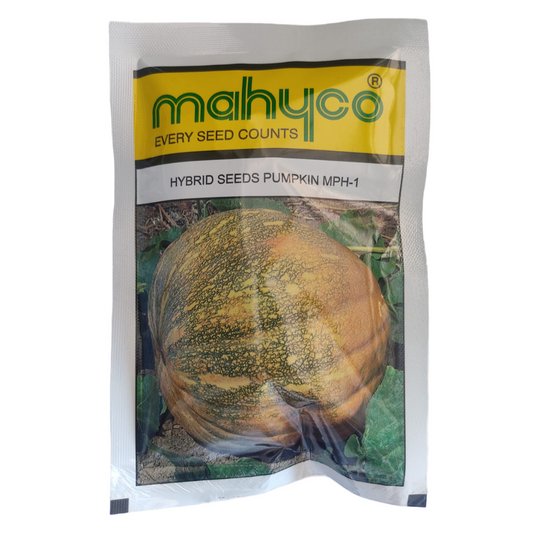
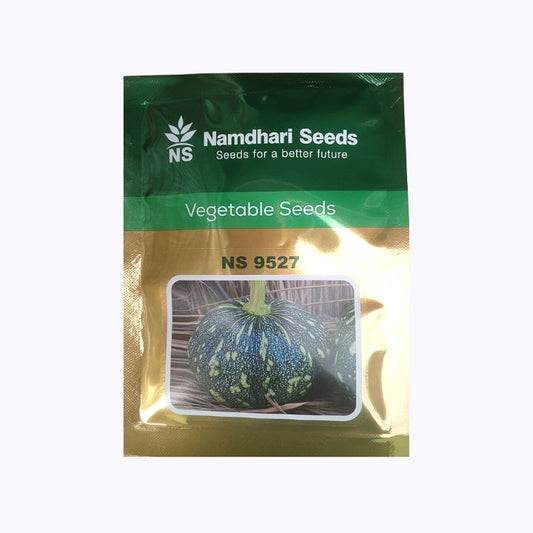 Sold out
Sold out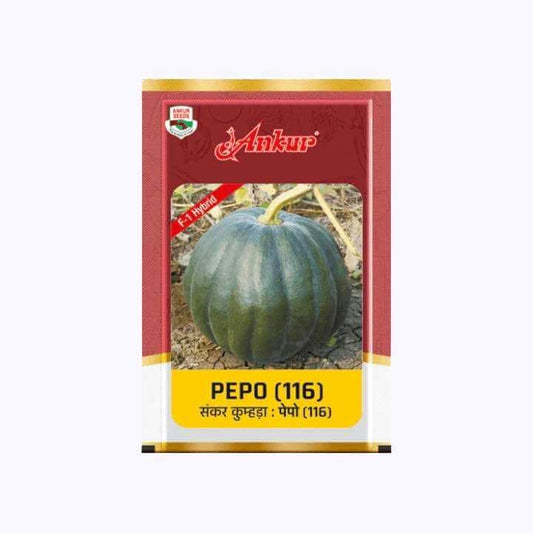 Sold out
Sold out























